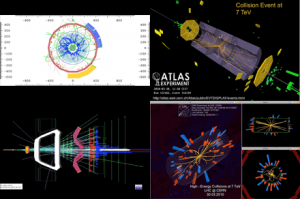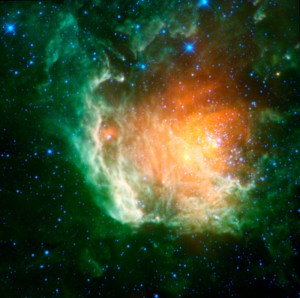Passing Star People
 You might not know the name Maurice Murphy, but I am certain that you are likely to know – and maybe even be very familiar with – his work. His is the principal trumpet playing the lead themes in very many films with music by John Williams. I have for a long time been very impressed with how so many of those themes trip so easily off the tongue (physical or mental) and seem to fit together so well (just hum the Star Wars theme, and then follow it by the Superman theme, then the Indiana Jones theme, and so on). A lot of this is due to the fact that Williams (like most good composers) is a master at recycling and modifying, creating a cluster of much loved (deservedly) themes that accompany some of our favourite movie-going memories, but I now think that the other reason is that you’re hearing them all played by the same voice! That voice is the playing of Maurice Murphy, the truly wonderful trumpeter who Williams would specifically request to play the lead on recordings of his film music. Murphy died recently, and you can dig a bit more about him and explore what I’ve been telling you further by going to the London Symphony Orchestra’s site devoted to him […] Click to continue reading this post
You might not know the name Maurice Murphy, but I am certain that you are likely to know – and maybe even be very familiar with – his work. His is the principal trumpet playing the lead themes in very many films with music by John Williams. I have for a long time been very impressed with how so many of those themes trip so easily off the tongue (physical or mental) and seem to fit together so well (just hum the Star Wars theme, and then follow it by the Superman theme, then the Indiana Jones theme, and so on). A lot of this is due to the fact that Williams (like most good composers) is a master at recycling and modifying, creating a cluster of much loved (deservedly) themes that accompany some of our favourite movie-going memories, but I now think that the other reason is that you’re hearing them all played by the same voice! That voice is the playing of Maurice Murphy, the truly wonderful trumpeter who Williams would specifically request to play the lead on recordings of his film music. Murphy died recently, and you can dig a bit more about him and explore what I’ve been telling you further by going to the London Symphony Orchestra’s site devoted to him […] Click to continue reading this post

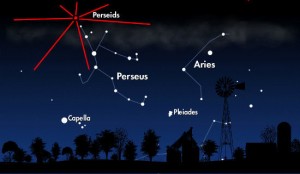
 You can read a bit about the work of my colleague
You can read a bit about the work of my colleague 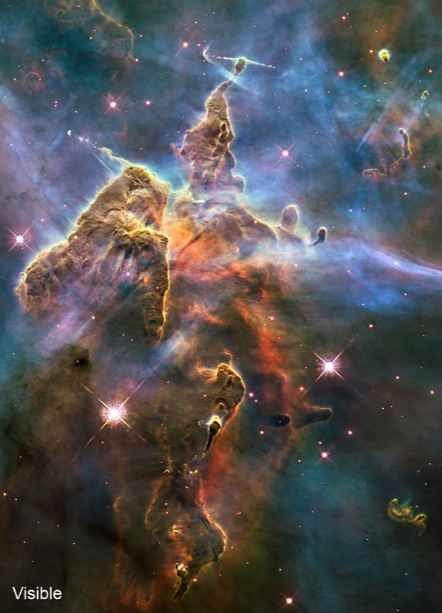
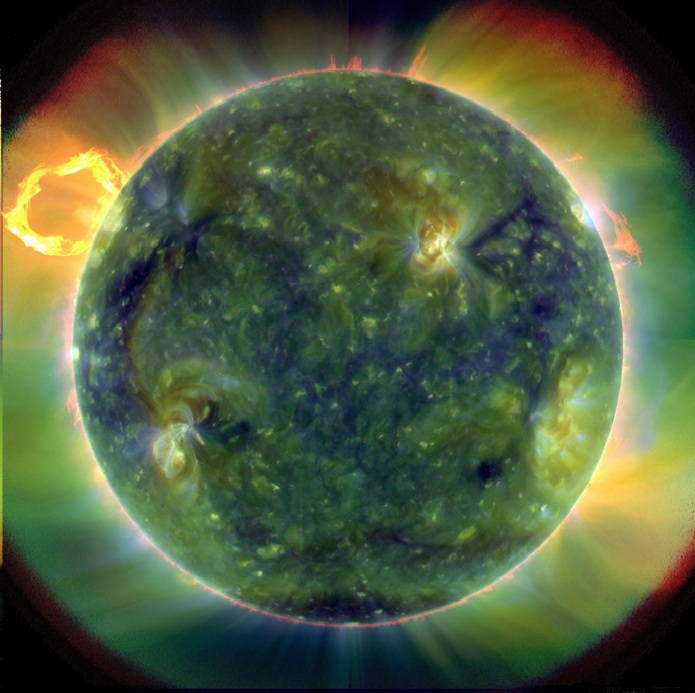 [/caption]
[/caption]

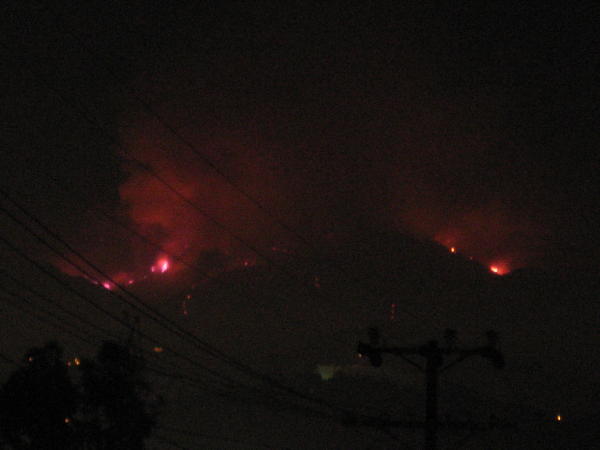 You may recall the terrible fires of last year in the San Gabriel mountains, and the scare about whether the Mount Wilson facility might have been overrun by flames. There were
You may recall the terrible fires of last year in the San Gabriel mountains, and the scare about whether the Mount Wilson facility might have been overrun by flames. There were 
